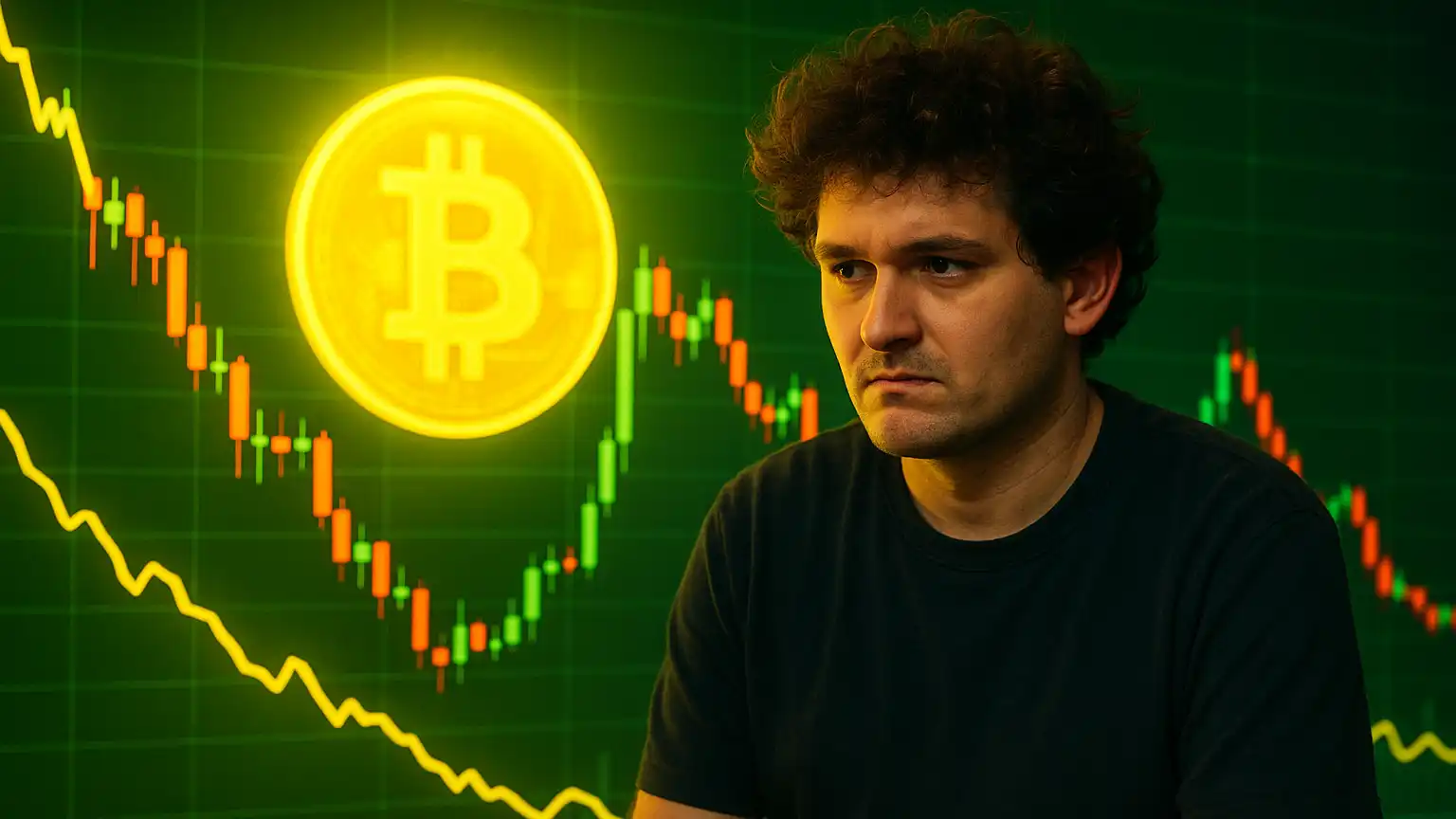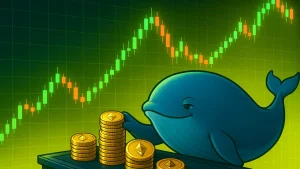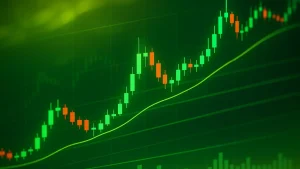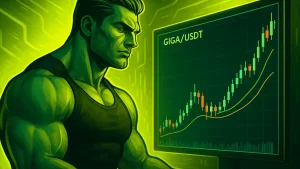Appeal Argument: “Presumed Guilty” and Judicial Bias
Nineteen months after a New York jury found Sam Bankman-Fried guilty on seven counts of fraud and conspiracy,
his new legal team has asked the U.S. Court of Appeals for the Second Circuit to scrap the verdict entirely.
In a 150-page brief filed on Tuesday, veteran appellate lawyer Alexandra Shapiro contends that
the one-time FTX chief was treated as “public enemy No. 1” well before the first piece of evidence
reached the courtroom. The filing cites a “crush to judgment” by prosecutors, saturation media coverage
that portrayed Bankman-Fried as the face of crypto malfeasance, and what the defense calls a pattern
of “thinly veiled ridicule” by District Judge Lewis Kaplan. Specifically, Kaplan’s decision to restrict
testimony about FTX’s solvency projections and in-house legal advice, the brief argues, prevented jurors
from hearing exculpatory context. The team also highlights the judge’s offer to keep jurors deliberating
late into the night—complete with dinner—suggesting the move telegraphed an expectation of a swift guilty
verdict.
Prosecutors have 45 days to respond, after which a three-judge panel will schedule oral arguments.
Although reversals at this level are rare—roughly 8 percent of federal criminal appeals succeed—the
presence of Shapiro, who last week overturned the conviction of apparel mogul Neil Cole, is drawing
intense Wall Street and Capitol Hill attention. A full vacatur would trigger a retrial, while a partial
win could merely shave years off the 25-year sentence or reduce the unprecedented 11 billion-dollar
restitution order.
Market Ripples: FTT Volatility and Investor Sentiment
The ink on the appeal was barely dry when the defunct exchange’s native token, FTT, surged nearly
40 percent intraday. Traders on offshore venues framed the pop as a speculative bet that a successful
appeal—or even a perception that Bankman-Fried’s narrative is gaining traction—could raise the token’s
eventual recovery value in bankruptcy proceedings. Bankruptcy advisers quickly cautioned creditors that
the token remains officially worthless inside the estate and any market price is “purely speculative.”
Beyond FTT, options implied volatility on major exchange tokens such as BNB and OKB ticked higher,
reflecting lingering unease that a reopened SBF case could resurrect scrutiny of centralized-exchange
governance. For Bitcoin itself, the reaction was muted; the asset held above 70,000 USD, suggesting
macro drivers—rate-cut expectations and sovereign demand—far outweigh one man’s legal fortunes.
Victim Claims and Restitution Uncertainty
While traders chase green candles, tens of thousands of former FTX customers remain in limbo.
Claimants interviewed this week say the appeal rekindles fears that any final restitution could
take years longer. Several victims—some now facing mortgage defaults—expressed frustration at what they
view as an attempt to rewrite history. For them, the debate over judicial tone pales in comparison to
the missing billions that derailed life savings and college funds. Estate lawyers note that even if
the conviction were overturned, claw-back litigation against insiders and political recipients would
proceed, but cash distribution timing might slip deeper into 2026.
Political Crosscurrents and the Pardon Question
The appeal lands amid a volatile election cycle in which crypto policy has become a partisan wedge.
Rumors that Bankman-Fried’s parents canvassed advisers about a potential presidential pardon have already
lit up prediction markets, though constitutional scholars stress that a federal pardon would not
automatically absolve civil liability to victims. On conservative talk circuits, SBF has recast himself
as a casualty of what he calls an “anti-crypto bureaucracy,” a narrative that resonates with certain
voter blocs but risks alienating lawmakers who champion stricter oversight. Within the industry, heavy
hitters caution that overt political lobbying on his behalf could backfire, reinforcing the view that
crypto remains a Wild West desperate for special treatment.
For now, the Second Circuit—rather than the Oval Office—holds the next move. A decision could arrive as
early as spring 2026. Until then, the crypto sector must navigate a familiar paradox: rooting for
precedent-setting clarity while bracing for the turbulence that comes with revisiting its most notorious
collapse.




